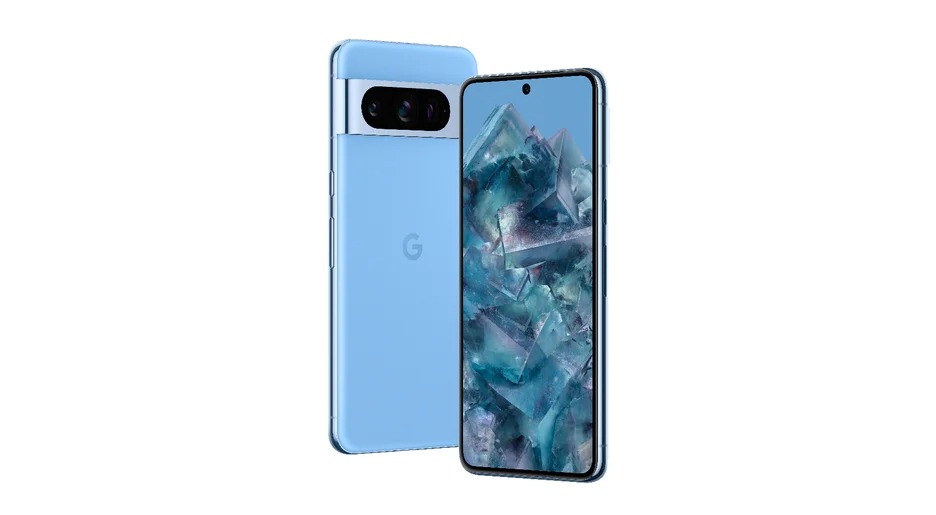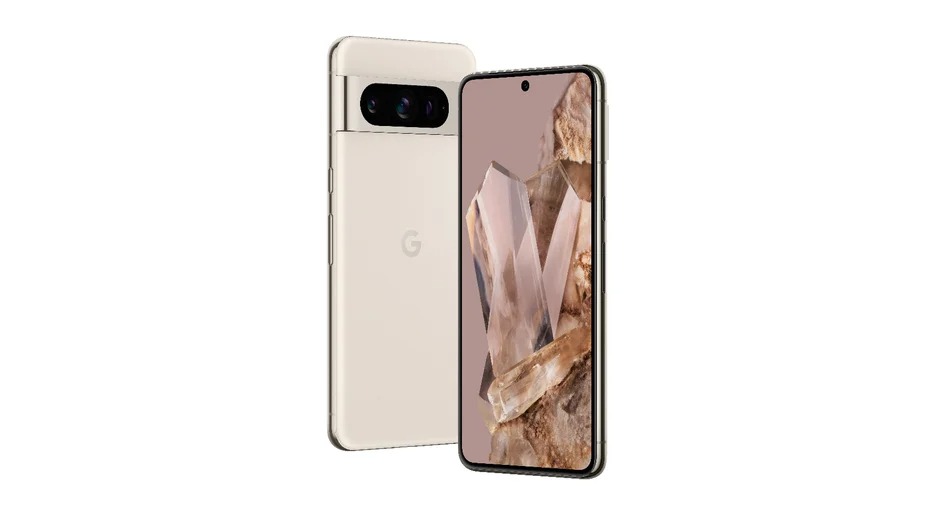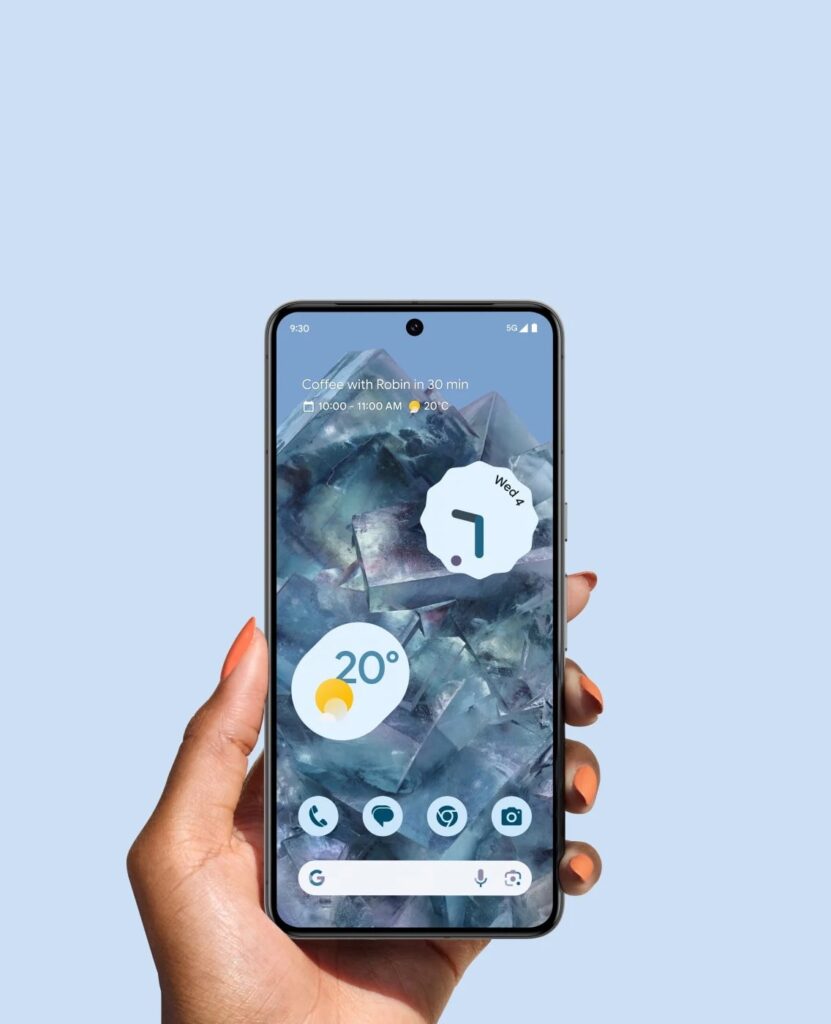Last month, I wrote a review of Google’s entry-level 8a that finished with an ironic conclusion: it is probably the best budget phone on the market, yet those interested should hold off from buying it. The issue isn’t with the phone itself, which has few flaws for those looking for a great small phone, but with the price. It’s good value for $500, but given the steep discounts available in the rest of the Pixel line-up, interested buyers really ought to wait.
The corollary of this conclusion is that Pixel’s top-of-the-line flagship phones are probably better value than ever before. And after a month with a Pixel 8 Pro bought with my own money, I don’t think there’s a better flagship phone on the market.
To start with the basics: the 8 Pro is powered by Google’s flagship Tensor G3 chip, 12GB of RAM, 3.1 fast UFS storage in 128GB, 256GB, or 512GB sizes, and a 5050 mAh battery. In short, it’s as fast as you’ll ever need and has solid, if not mind-blowing, battery.
The charging maxes out at 30W, putting it far behind the best Chinese options — my three-year-old Oppo Find X3 Pro can fully recharge in less time than it takes a new Pixel to get to 50 percent — but this is fine and at par with Apple and Samsung. Google’s Pixel Stand can provide that peak charging wirelessly. Note, however, that the 8 line uses the Qi wireless standard rather than the new Qi 2 standard, which adds a magnetic element similar to Apple’s MagSafe.

The only real performance issue I’ve stumbled upon is that the phone gets warm to the touch after sustained use. Though part of this could be down to poor thermal management of Google’s in-house chips, I suspect the heat stems from the Pixel’s truly incredible screen, which is the best on the market. It’s big at 6.7 inches, has thin uniform bezels, a resolution of 1344 x 2992 pixels, a fast variable 120hz refresh rate, over a million to one contrast ratio, full 24-bit color depth, and is obscenely bright. Playing HDR footage, the phone maxes out at 1600 nits, and in direct sunlight, it will get to 2400 nits. Those numbers mean that videos look incredible and, no matter how sunny the day is, your screen is almost always perfectly legible with no glare issues. Also, the screen is Corning’s Gorilla Glass Victus 2, which has a reputation for being incredibly tough and drop-resistant.
My only notes for improvement would be to suggest a more fluid change in peak brightness — the phone will suddenly click that you’re indoors and dump the max brightness down — and lower the minimum brightness level for nighttime use. There is an optional setting for “darker screen,” but this doesn’t help much and has to be manually turned on when it ought to be automatic after a certain time.

The top-tier experience continues with the camera, which is up there as the very best on the market. It lacks the super-zoom features of the flagship Samsung phones, and video quality isn’t as good as on the iPhone, but its still photos — particularly in portrait mode — are unbeatable for a smartphone. Colors are accurate and not overstated, HDR is realistic and produces great results even in tough lighting, and you can swipe far into photos, and they’ll still be crisp. Most of the photo processing happens after you shoot, and it can take a second before they’re ready, but the final shot is generally superior to the preview. Google included a bunch of handy photo editing and adjustment features.
The most useful is Top Shot, bundling all the photos taken of the same event together, letting you either pick out the best or edit something from one photo into the next. For example, if someone was blinking in what was otherwise the best take of a photo, you can just copy their face from a previous take, and the edit is so good that you would never know it occurred. Google’s other AI-assisted “Magic Editor” features are a little less reliable — removing background elements or persons from photos is very hit and miss — but even without using any of these, the core photo experience is superb. If you don’t want to tweak any settings, the default photos will be superb, but if you prefer to manually shoot, the Pro gives you access to a handy suite of tools for pre- and post-processing.

Finally, the hardware continues this premium experience, pairing polished steel rails and camera bump band with a matte soft-touch back, which feels great to hold and doesn’t leave fingerprints. The 8 Pro is available in Google’s bright “Bay” blue and “Mint” green along with black for the boring among us, but I went for the chic champagne-cream Porcelain color. If you prefer to use cases, there is also a surprisingly wide range available, but my recommendation would be the leather Bellroy cases, which give solid protection without military surplus aesthetics.
My only issues with the design are that dust accrues on the edge of the camera bump, its gloss surface is a smudge magnet, and the power button isn’t ridged at all, meaning accidental presses are common in the early user experience.
Much like its smaller cousin, the Pixel 8a, the 8 Pro is a superb phone with a top-of-the-line chipset, screen, camera set, and software suite, pairing the latest AI tools — recorder transcripts, staying on hold for you, vetting incoming calls, and more — with a guaranteed seven years of Android support.
At its $999 MSRP, as currently listed in America, it’s a superb phone. But, like most Pixels, the price has dropped heavily in the UK and will come down soon in America, too, likely for under $800 for a 256GB model. Google has recently announced an August hardware event, so it might seem like an odd time to recommend what soon will be a last-gen phone. But even so, for discounted prices, I think the Pixel 8 Pro will remain the unbeatable value phone.
